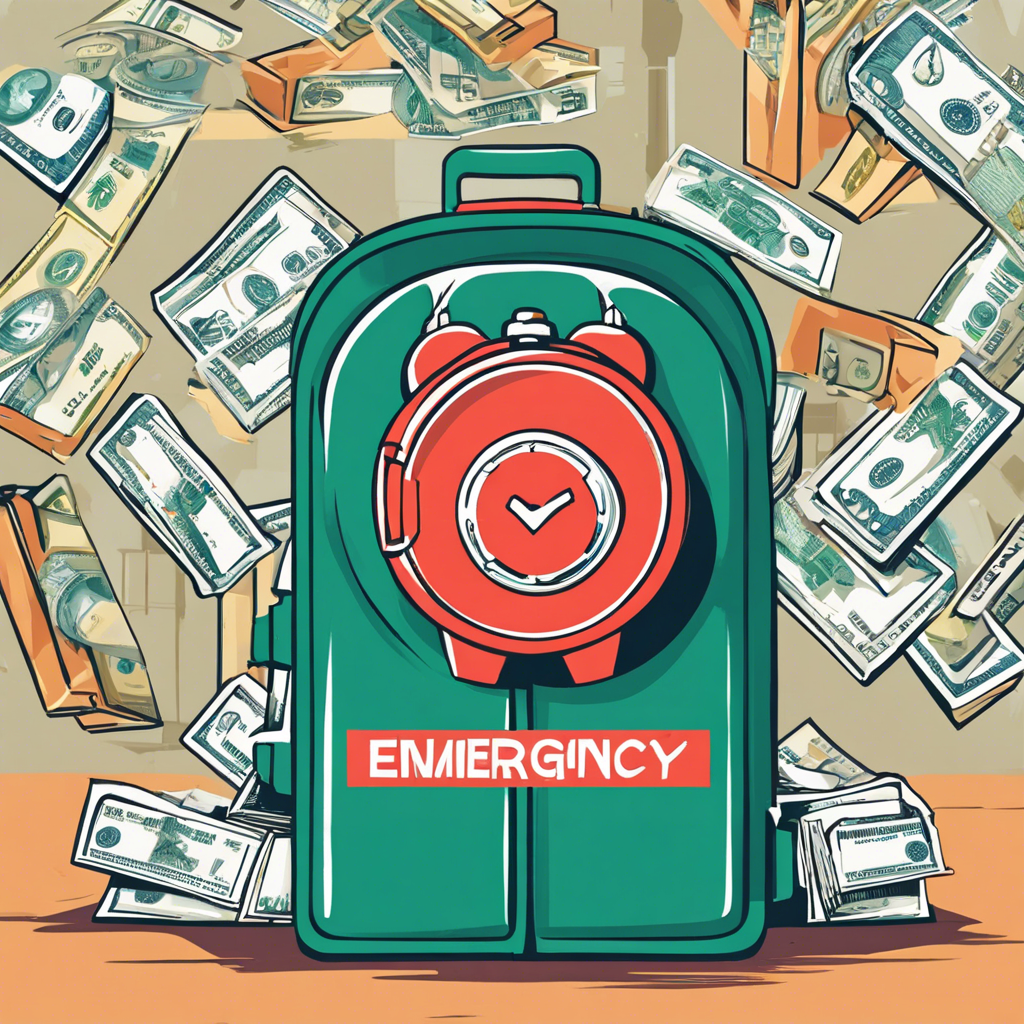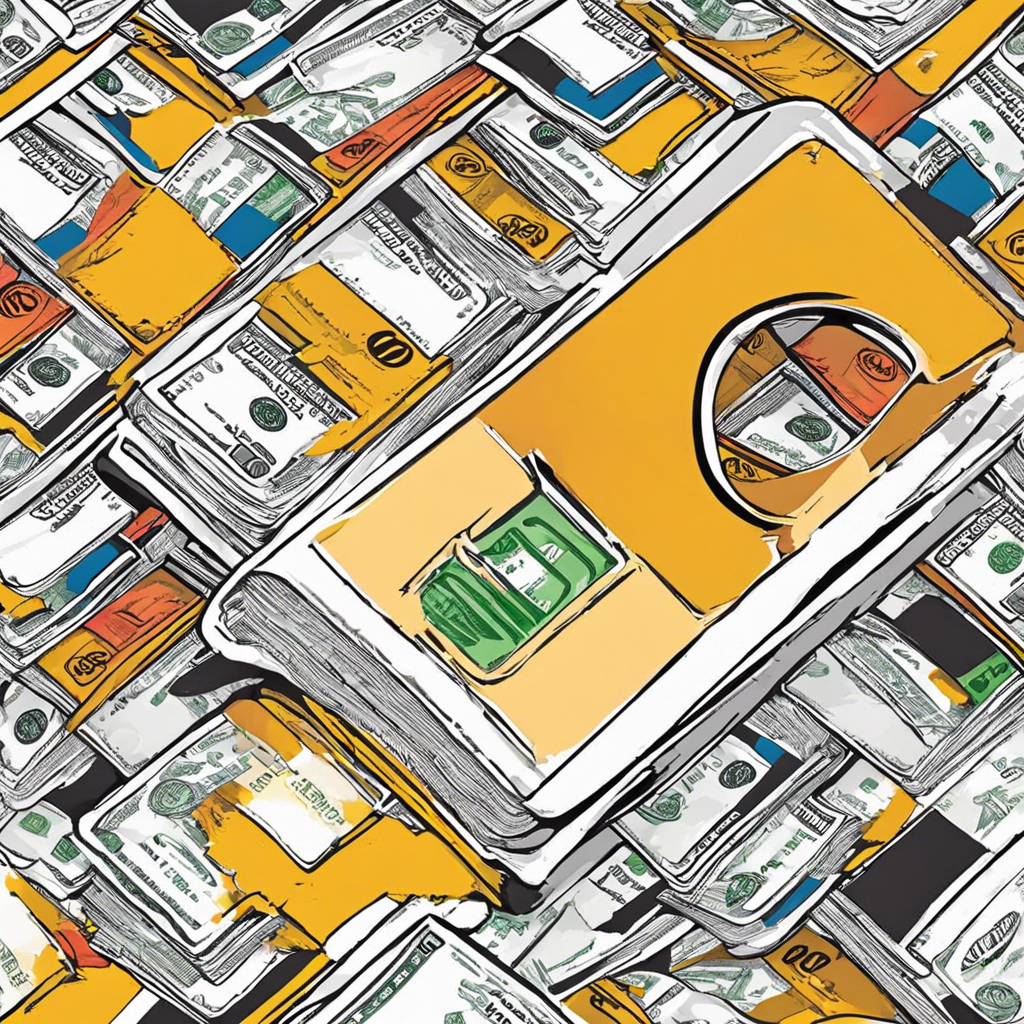Credit scores are three-digit numbers that have a significant impact on our financial lives. They are used by lenders to assess our creditworthiness and determine our eligibility for loans, credit cards, and other financial products. Understanding credit scores and how to improve them is crucial for anyone looking to build a strong financial foundation.
Firstly, it’s important to know that there are several credit scoring models, and they may use different scales and factors to calculate your score. The most commonly used model is the FICO score, which uses a range of 300 to 850. The higher your score, the lower the risk you pose to lenders. While each model may have unique specifics, the fundamental elements that influence your credit score remain fairly consistent.
Payment history is a significant factor, contributing about 35% to your FICO score. Lenders want to see a track record of on-time payments, as it demonstrates your reliability. The amounts owed, or credit utilization, make up about 30% of your score. This looks at the ratio of your credit card balances to your credit limits; keeping your balances low relative to your limits is favorable.
Length of credit history (15%) considers the age of your oldest and newest accounts, with a longer history generally improving your score. New credit (10%) looks at recent credit inquiries and account openings, as excessive applications for new credit can suggest higher risk. Lastly, credit mix (10%) considers the variety of credit accounts you have, such as mortgages, auto loans, and credit cards.
To improve your credit score, start by consistently paying your bills on time, as this will build a solid payment history. Keeping low balances on your credit cards will help your credit utilization rate. If you have a limited credit history, consider a secured credit card or becoming an authorized user on someone else’s account. Avoid opening multiple new credit accounts in a short period, and regularly review your credit report for errors or discrepancies, disputing any inaccuracies.
It’s also beneficial to understand how your credit score is calculated, so you can pinpoint areas for improvement. You can access your credit report for free from each of the three major credit bureaus (Equifax, Experian, and TransUnion) through AnnualCreditReport.com. Additionally, many personal finance websites and credit card companies offer free credit score tracking tools that can provide insights into factors influencing your score.
While improving your credit score takes time and dedication, it’s certainly achievable. Even if your score is currently low, don’t despair – start by focusing on positive payment habits and gradually lowering your credit card balances. These steps will set the foundation for a stronger credit profile. Remember, building good credit is a journey, and maintaining discipline and patience will help you reach your goals.
Educating yourself about credit and its intricacies is an excellent start. Understanding the factors that influence your credit score and the actions you can take to improve it is empowering. It puts you in the driver’s seat, enabling you to make informed decisions that will reflect positively on your financial journey. So, take the time to learn, implement effective strategies, and watch your credit score soar.
By understanding these components and how they contribute to your overall credit score, you can start to strategize ways to improve it. Remember, building and maintaining good credit is a marathon, not a sprint. It requires patience and discipline, but the benefits, including better loan terms and interest rates, make it well worth the effort.







